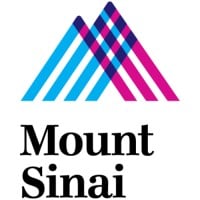
St. Joseph Health
CHI St. Joseph Health traces its origins to 1936 when St. Joseph Regional Health Center was founded by the Sisters of St. Francis of Sylvania, Ohio, in response to a call from a local physician. Starting in a small 35-bed hospital, the organization has grown to 611 licensed beds in seven locations. CHI St. Joseph Health is an integrated local healthcare system, with facilities in ten counties making up the Brazos Valley. The majority of health services are delivered at our main campus, CHI St. Joseph Health Regional Hospital, in Bryan, Texas. With Brazos Valley’s only Level II Trauma Center, the first Joint Commission certified Primary Stroke Center, and the first accredited Chest Pain Center, CHI St. Joseph Health is a leader in critical care and the largest provider of cardiovascular care in the region. Our Hospitals Include: - CHI St. Joseph Health Regional Hospital - CHI St. Joseph Health Grimes Hospital - CHI St. Joseph Health Burleson Hospital - CHI St. Joseph Health Madison Hospital - CHI St. Joseph Health College Station Hospital Social Media Privacy Policy: http://bit.ly/2fpll4B






